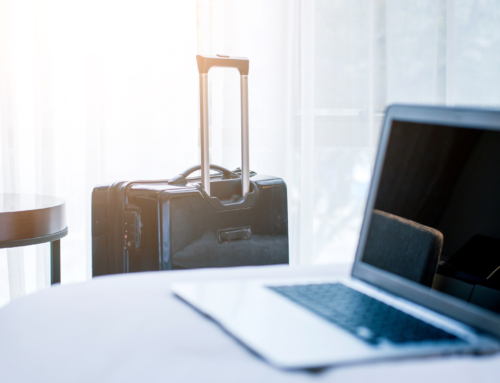A journey is a trip or voyage that takes a long time to complete. Planning a journey is a simple but rewarding hobby. It is also a way to learn new things, and when you travel to new places, it can be a wonderful way to learn about new foods, meet new people and see new sights.
For those of us who can’t afford a first-class plane ticket to Paris, a roundtrip cruise to Alaska, or a backpacking tour of the Andes, it’s safest to plan short journeys. Start off with a weekend trip to the countryside and work your way up to a coast-to-coast road trip. Longer journeys are exciting, but they require a lot more planning.
Steps for Planning A Journey
Chances are, if you’ve been on a plane, you’ve been on holiday. If you’ve been on holiday, chances are you’ve been on a journey. But how do you go about getting from one place to another most efficiently and cost-effectively? If you consider traveling as a hobby, you may already know many of these tips on how to plan for a journey. You can take a number of steps to save time, money, and energy, from choosing the best mode of transport to working out which route to take.
- Decide what you want to do and where you want to go. Start by making a list of places you want to visit to help you narrow down your options. You can ask yourself the following:
- Do you want to travel to a new city, or visit an old city in a new way?
- Do you want to see natural wonders like mountains or oceans?
- Do you want to explore a new country, or learn about the history of an old one?
Once you have decided where you want to go, then you can begin planning the details of your journey. The planning process is easier when you have a goal in mind. A lot of people start dreaming about a trip once they finish up school, earn a stable income, get married, or have kids. Maybe you’d like to visit a nearby state. Or you may want to cross an ocean. Regardless, a little planning goes a long way.
- Do your research and plot your route carefully. If you’re going by plane, then you’ll have to weigh up the cost of individual flights versus the cost of a flight with multiple stops on a flight pass. If you’re going by train, you’ll be able to plan the journey from point A to point B just as you would for a flight, but you can also take the time to plan a few stops along the way to fully experience the destination.
- Make a budget and figure out how much you can afford to spend. You may have to adjust this number several times before you are ready to book an actual flight. By allocating a budget to cover your travel expenses, you’ll be able to choose something that fits your travel style and that you can afford.
- Choose what kind of accommodations you want to stay at. If you’re a family planning a vacation, you may like to book a luxurious resort similar to TerraneaLife, a Palos Verdes Hotel. However, if you are traveling alone, you might want to stay at a hostel.
- Prepare your travel documents. First, you will have to understand that your travel documents are the most important thing when you are planning a journey. If you don’t have proper travel documents when planning a journey, you won’t be able to leave the country.
Of course, if you’re not really into planning, you can let someone else plan the whole thing around your requirements. Many companies run tours that take you to several different places within a certain time frame. But you usually have to pay a premium for the convenience of a tour, and you usually have to follow a schedule that may not work for you.
Whether you’re planning your first trip across the country or to the other side of the world, it can be easy to get overwhelmed by the planning process. One of the most important things to remember is that traveling-especially traveling far away from home-is a big deal. This is not the time to take a “half-baked” approach to your itinerary. Instead, take the time you need to plan a happy, healthy, and memorable trip. If one of your plans change, you may need to alter some of your preparations.







Leave A Comment